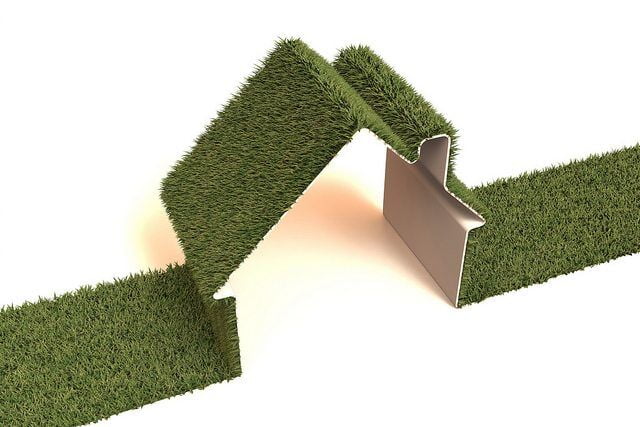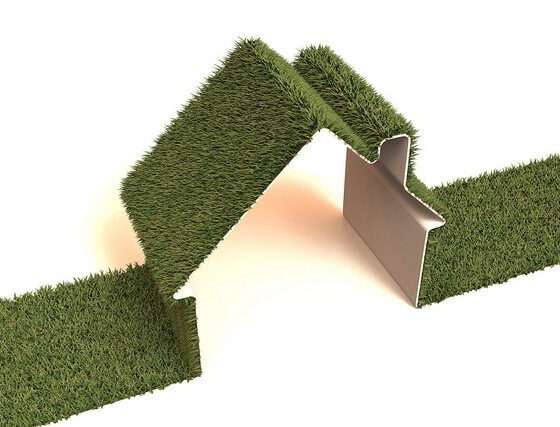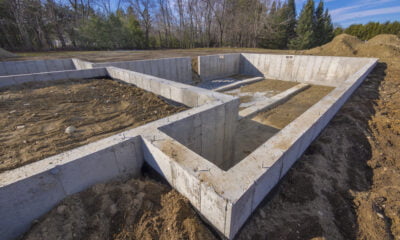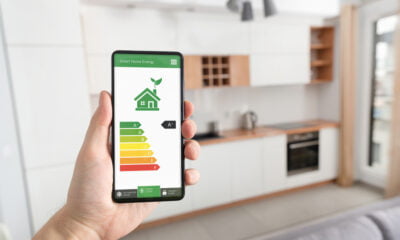

Features
Things to Consider When Buying an Eco-Friendly Home
There’s been tremendous growth and progression in the American marketplace over the past decade in terms of eco-friendly goods and services. Currently, one of the biggest trends involves “green” homes. But before you sell your current home and consider building or buying an eco-friendly alternative, there are some things you should know.
Be Ready to Spend
The first thing you need to know is that you’re going to spend some decent money to build or purchase a green house. There’s no such thing as pinching pennies. You have to be financially stable enough to invest.
Green homes are going to be significantly more costly than standard new construction homes. While you’ll ultimately save money in the long run, the 20 or 30 percent premium you’ll pay on the front end is a very real cost.
Assuming you plan on financing the home, it’s imperative that you immediately begin analyzing your financial situation and making plans to obtain a loan with the best possible rates. One thing that can really sneak up on you is a bad credit score.
“Mistakes on the credit score can affect the interest rate of the loan,” CreditRepair.my explains. “High interest rates result in higher monthly payments, and the length of the loan contributes to the total cost of borrowing money. To ensure that you get the lowest possible interest rate, you need to ensure that your credit report is free from errors, inaccurate information and other mistakes.”
You may need to be prepared to take on a greater mortgage if you plan on buying a green home. It will pay for itself over time, but be realistic about the need for the initial investment. Fortunately, there are bridge loan lenders that can help you.
Look for Tax Incentives
If you’re building a new eco-friendly home, there may be tax credits available to you. Generally, tax credits are applied upon installation of specific energy efficient products – such as appliances. You can learn more about the different credits, rebates, and savings that are available to you by accessing Energy.gov. Each state presents unique offers.
According to Money Crashers, financial incentives are common for solar energy products, wind energy products, geothermal heat pumps, fuel cell energy generation, air source heat pumps, biomass stoves, efficient central air conditioning systems, non-solar water heaters, conventional fuel boilers and furnaces, building envelope improvements, and more.
Think in Terms of Levels
When it comes to green homes, you have to think in terms of levels. There are small things that can make a home green, as well as big-picture elements.
“The idea behind the green building is to reduce your consumption as much as possible. Choosing products and materials that have long-term durability is a positive strike in the green balance,” green living expert Yolo Ouiya says. “Start at minimal levels like using LED light bulbs and choosing energy star certified home appliances. The next level would be installing triple glazed windows or having high R-Value, a measurement of insulation’s ability to resist heat flow through it, on your exterior walls.” The next level would include things like solar roof paneling.
It’s Not All About the Building
Interestingly enough, a green home isn’t all about the building itself. You also need to consider the property and how the home utilizes different features.
“A green home isn’t just a green structure, it’s a home that makes the best use of the land,” landscaper Cassy Aoyagi says. “Asking simple questions like which direction the home is oriented toward can tell you a lot about the home’s green credentials.”
For example, the home’s orientation actually determines how much sun exposure it gets, which in turn impacts heating and air-conditioning usage. Trees and shrubbery can also play a role in deflecting wind or shading windows.
All of these small details matter. Whether you’re building a new home or searching for an existing one on the market, don’t forget to look out for all of these factors, elements, and conditions.






























